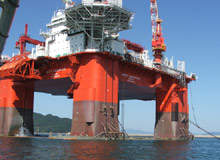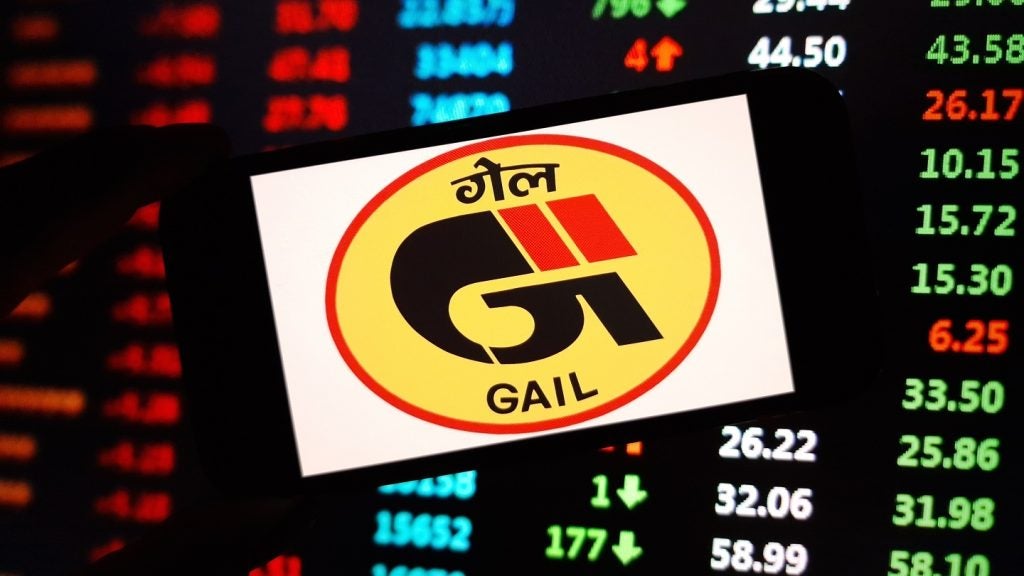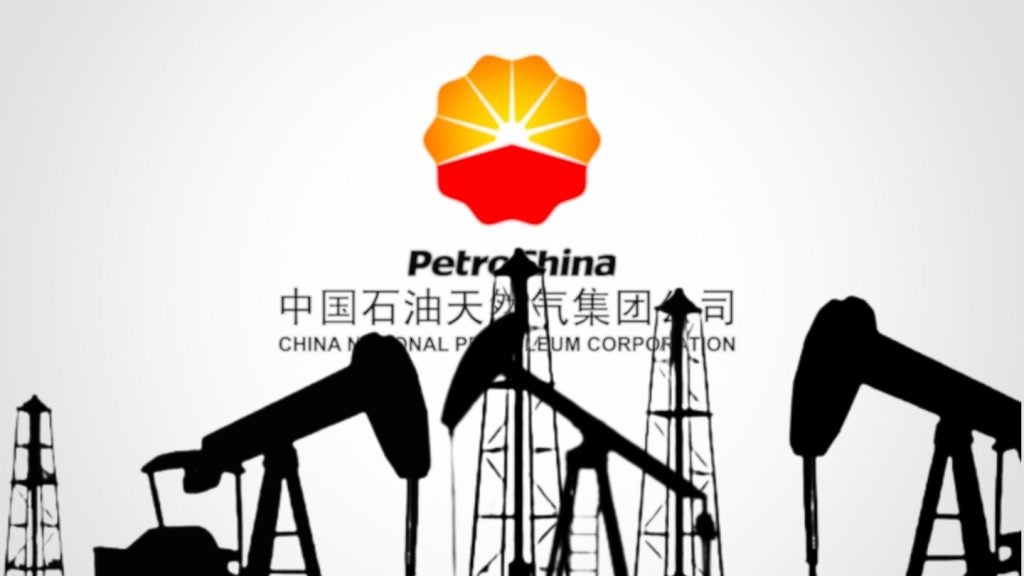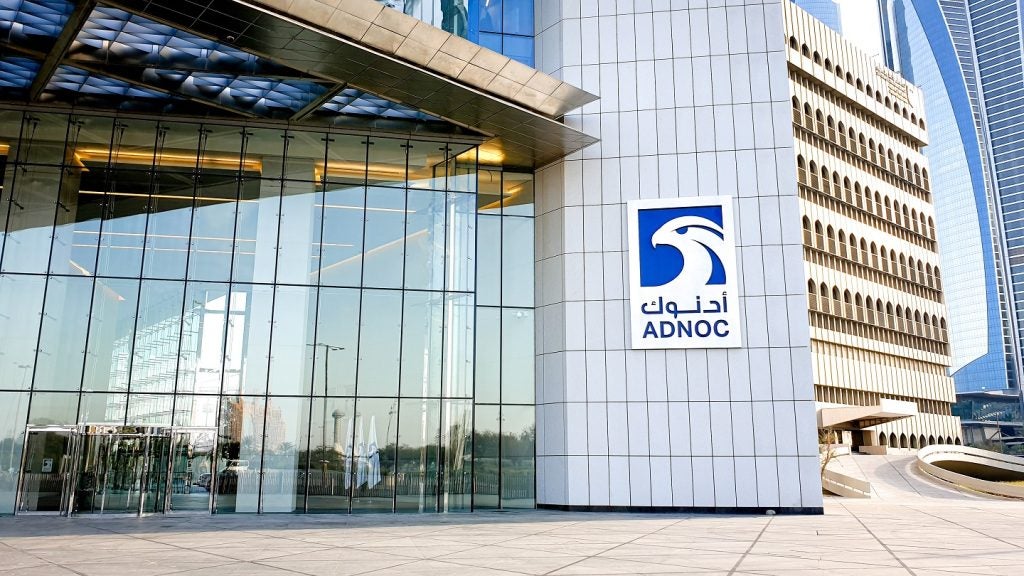
When creating conceptual and basic design plans for semi-submersibles and other floating units for use in the offshore oil and gas sector, an eye must be kept on future needs. With that in mind, Swedish marine and offshore design company GVA has been busily expanding its design portfolio to encompass promising new market segments.
A subsidiary of global engineering and construction giant KBR, GVA aims to increase its operations three-fold by the end of 2009, which includes tripling the present in-house team of 100 employees to 300. A factor behind the move is the need to diversify as the oil and gas sector increasingly ventures further offshore and into more extreme environments.
The company’s managing director Holger Eriksson illustrates the new design areas incorporated in the transition. “In the past ten years we have been active predominantly in the semi-submersibles design market and developed our skills and expertise in the offshore industry with regards to those structures,” says Eriksson.
“However, in the past 12 months, we have widened our scope to include the design of Floating Production Storage and Offloading Vessels (FPSOs), FPSO conversion units and drill ships. Naturally the same expertise and knowledge we learnt from designing semi-submersibles can be used for the FSPO market too.”
Although drill ships and FPSOs have different characteristics from semi-submersibles, GVA says it believes that many companies are beginning to equip themselves with both types as they set about acclimatising to the demands of deeper waters. Semi-submersibles offer a more stable drilling environment in tougher waters, but drill ships are able to manoeuvre quicker and offer more deck load. By catering to these differing requirements, GVA is giving itself a rounder profile in the offshore market, but how has the industry responded so far?
See Also:
“We have yet to complete an FPSO unit conversion but we are involved in two large projects in Brazil, another in China and one in Singapore. China in particular is showing great potential for us at the moment,” Eriksson says.
How well do you really know your competitors?
Access the most comprehensive Company Profiles on the market, powered by GlobalData. Save hours of research. Gain competitive edge.

Thank you!
Your download email will arrive shortly
Not ready to buy yet? Download a free sample
We are confident about the unique quality of our Company Profiles. However, we want you to make the most beneficial decision for your business, so we offer a free sample that you can download by submitting the below form
By GlobalDataOn another semi-submersible scale
The design of semi-submersibles remains GVA’s core business, symbolised by this year’s release of the mammoth GVA 10,000 semi-submersible drilling rig. With a drilling depth of up to 12,000m and the ability to accommodate 160 people, the design is by far the largest the company has ever attempted.
Taking roughly ten months to plan, the process involved the development of a wide range of structural and movement characteristics alongside close collaboration with drilling contractors and manufacturers. “Although the design was not a joint venture as such, it was a joint effort between GVA, heavy equipment suppliers and end users,” says Eriksson.
“When developing a new model like this, it is essential to aim to satisfy the needs for five years’ time instead of simply the needs of today. It is hard to completely predict future requirements but we have identified several trends that we believe will be dominant.”
Given the size of the GVA 10,000 semi-submersible, it is clear that a larger scale of rig is one trend the design company has its eye on. However, the design also incorporates environmental responsibility by focusing on preventing pollution, particularly through implementing new technology to handle mud during the drilling process.
The company has also added to its design portfolio in 2008 with its first ever semi-submersible designed specifically for use in extreme cold conditions. The GVA 7500 Arctic is aiming to capitalise on the market demand caused by the discovery of big hydrocarbon reserves hidden on the seabed under the Arctic ice cap. “The Arctic model design will be continuously developed according to requirements in that region,” Eriksson says.
Given the contrast in environments that GVA works in, a great degree of customisation is required throughout all operations. “The blueprints for each of our structures are usually specially designed with location in mind. This influences aspects such as water depth capability, deck load and climate compatibility,” says Eriksson. “Customers of course want specific features and often the largest projects are tailor made to these demands.”
Going global
GVA primarily operates in four regions – the North Sea, which includes designs for companies in Norway and the UK; the Gulf of Mexico, which includes the US and Mexican territories; Brazil, where GVA has its largest number of rig designs, and Asia.
In particular the Swedish company has developed a close working relationship with Daewoo Shipbuilding & Marine Engineering in South Korea. As the largest shipyard in the region, the location is also home to several owners of large fleets, allowing GVA a strong access point to the Asian market.
“China has huge potential for the future offshore market and the situation there is looking positive at present. There are constraints but it is a growing market and will be of increasing importance to us,” says Eriksson.
With many of the world’s shipyards at full capacity due to the sharp rise in oil prices, there is minimum room to manoeuvre in the new build rig sector. “That is why our prospects in China are interesting,” says Eriksson. “The market tends to run parallel with oil prices and it could be about three years until there is any global change from present industry conditions.”
GVA is looking to establish an office in Singapore in 2009 as well as future offices in Norway and Brasil. The company’s existing headquarters are in Gothenburg, Sweden.
Although GVA has retained its fully independent company status, it remains integrated with parent organisation KBR. This enables a seamless interaction between the design and construction of its wide variety of floating offshore units – ultimately aiming to give GVA a stronger foothold in the offshore market.






